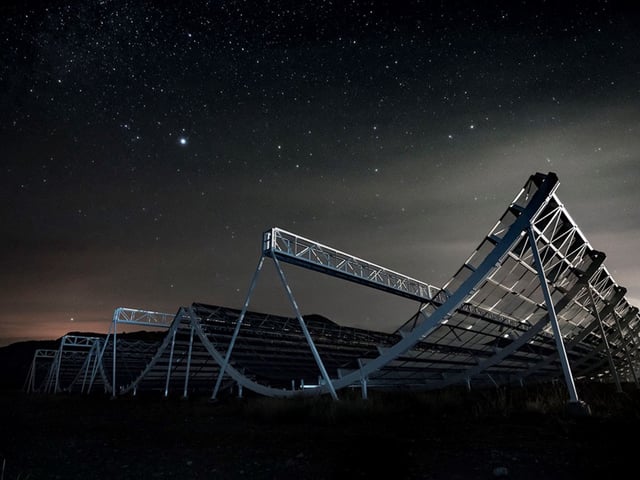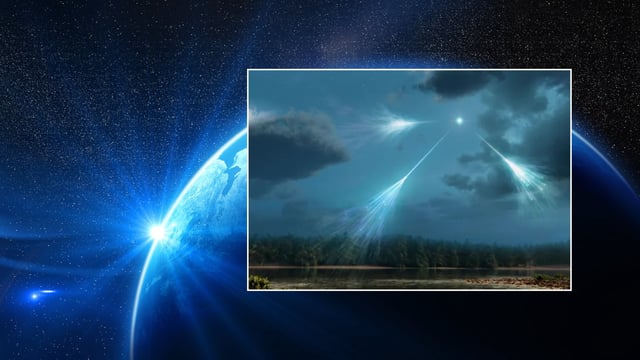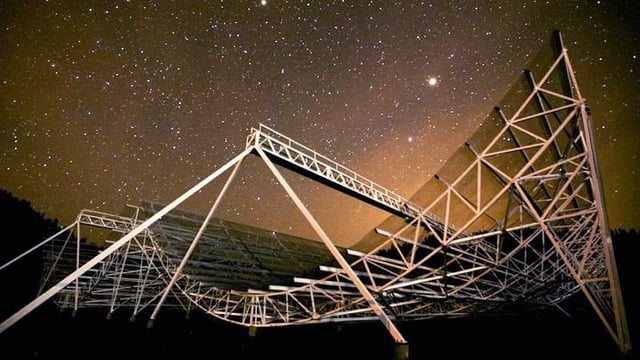Overview
- The burst, nicknamed RBFLOAT, was detected in March 2025 and released energy comparable to the Sun’s output over four days in mere milliseconds.
- Observations by CHIME in Canada, supported by a network of Outriggers stations and optical and X‑ray telescopes, enabled the pinpoint localization.
- Triangulation places the source in a star-forming arm of the spiral galaxy NGC 4141 about 130 million light-years away in the direction of Ursa Major.
- The position is constrained to roughly 13 parsecs, or about 42 light-years, setting a record for a non-repeating fast radio burst.
- Data point to a massive star-forming environment that suggests a young magnetar as the likely origin, and the team projects up to about 200 similarly precise localizations per year, with results published in The Astrophysical Journal Letters.



